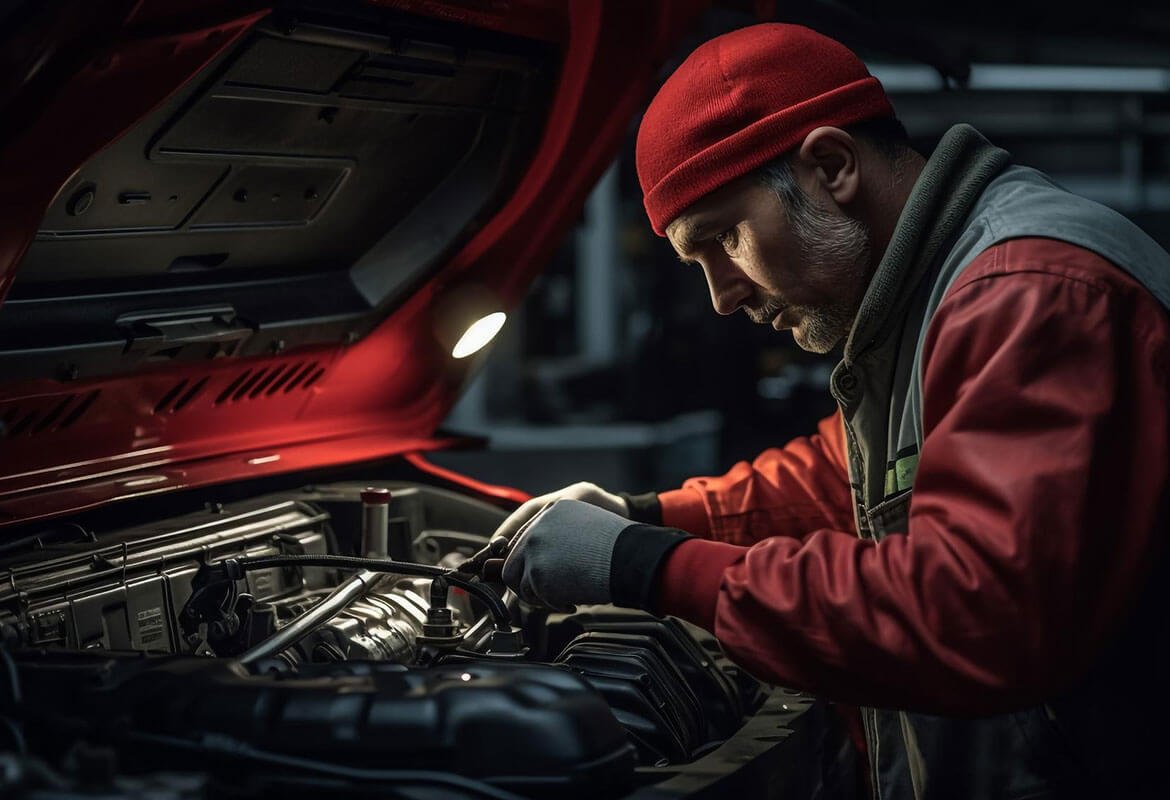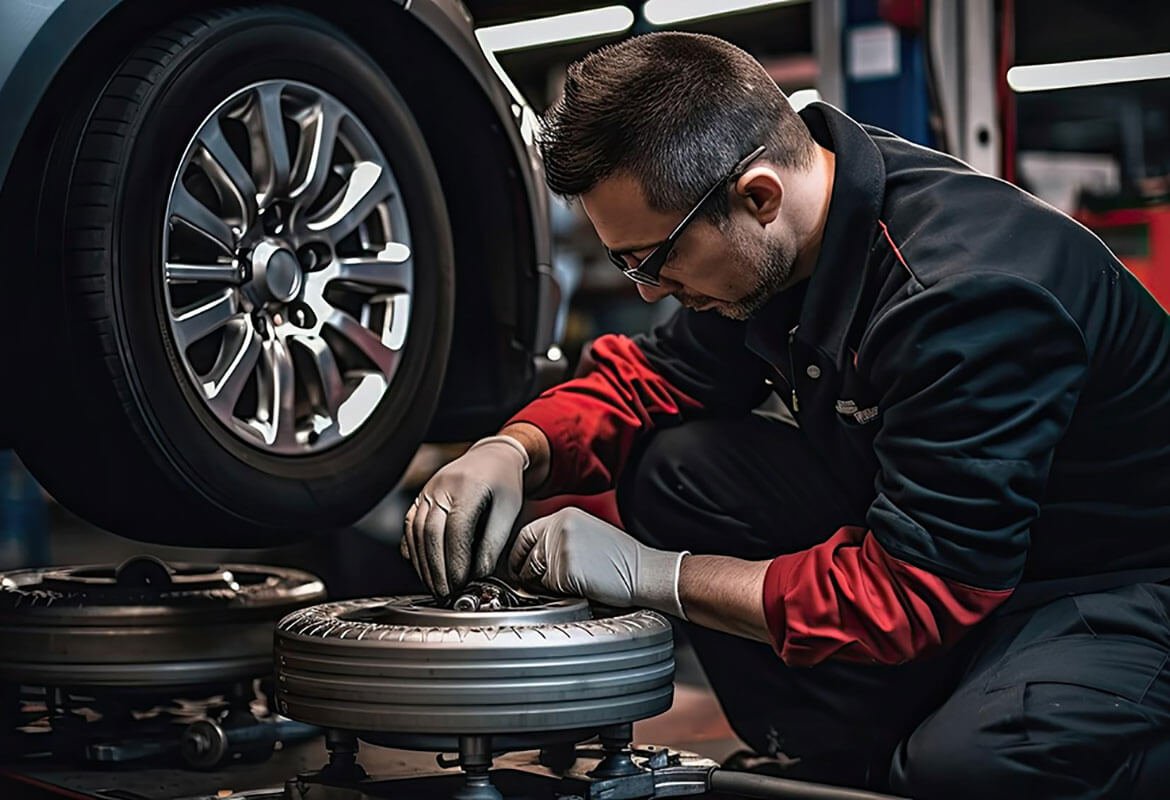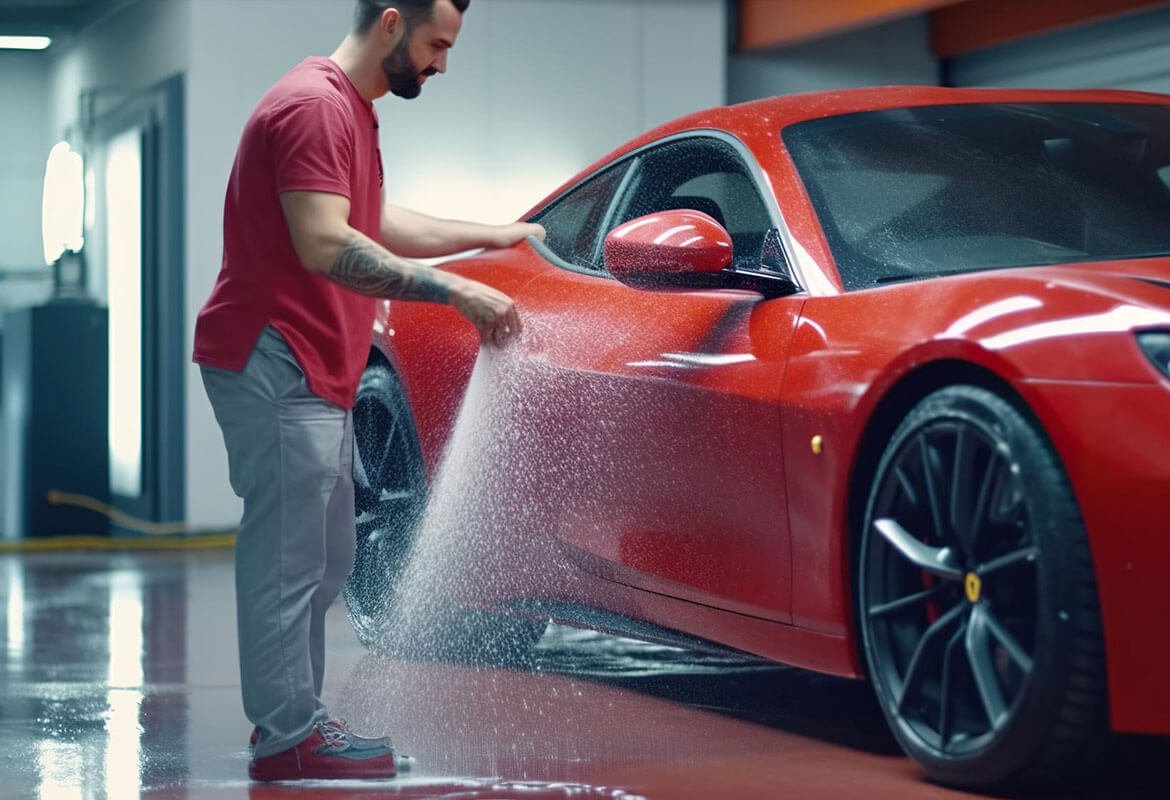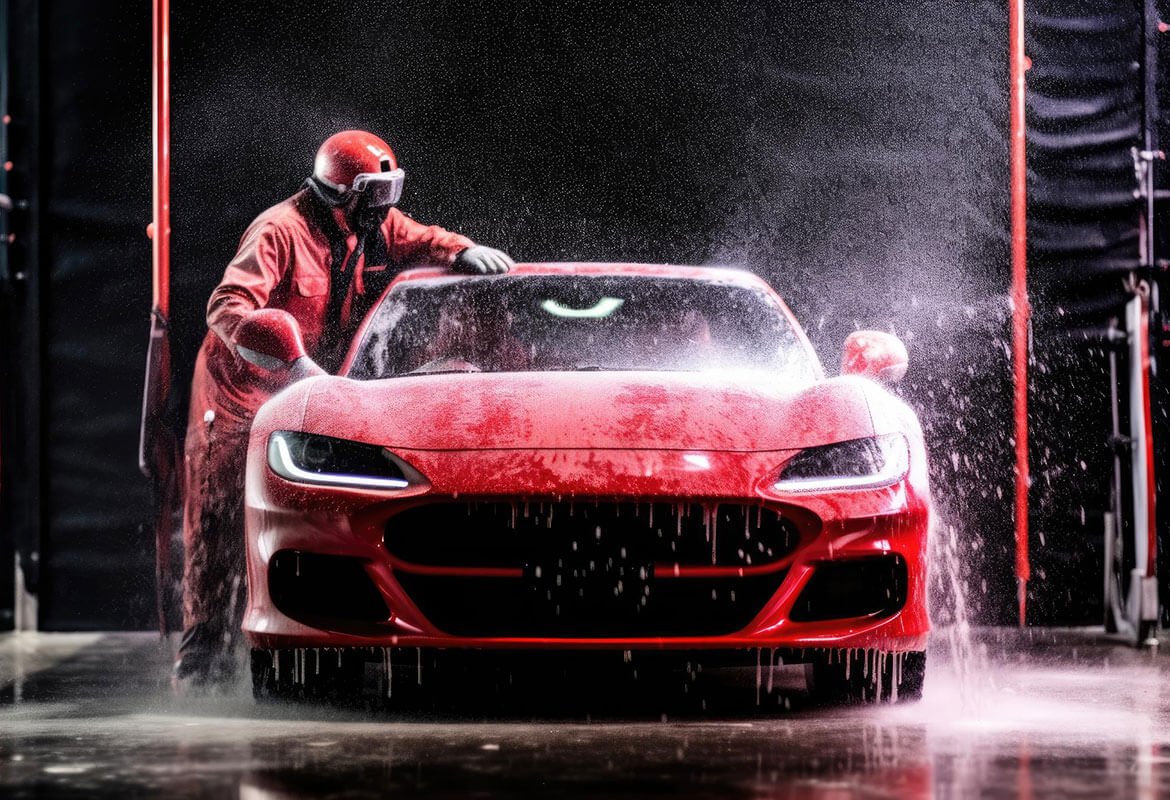PPF: The Classic Car Owner’s Trick to Keeping Vintage Paint Perfect
Alright, let’s talk paint protection film again, but this one’s for the classic car crowd — those folks with a ’69 Mustang, a ’72 Chevelle, or some other vintage gem they treat like a family heirloom. If you’re obsessed with your old-school ride, PPF is like a time machine that keeps your car’s paint looking as fresh as the day it rolled off the assembly line. I’m losing my mind over how this stuff saves classic cars from the ravages of time, and if you’ve ever cried over a scratch on your baby, you’ll get why I’m ranting.
Picture this: you’ve got your pride and joy parked at a car show, gleaming under the sun, and some kid with an ice cream cone gets too close. Or you’re cruising on a backroad, and a stray pebble pings your hood. That original paint — maybe a rare factory color — is worth more than gold, and one chip can break your heart. PPF’s that clear, tough film that wraps your car like a suit of armor, taking the hits so your vintage paint doesn’t. I saw a guy’s ’65 Corvette with PPF at a meet — a rock bounced off his fender, left a scuff on the film, and the paint underneath was untouched. Peeled and replaced the PPF, and his baby was still flawless.
Why am I so stoked? Because classic cars are unicorns. That factory paint isn’t just color — it’s history, and repainting kills the vibe and the value. PPF protects against UV rays that fade your cherry red, road debris that chips your chrome trim, and even minor dings from car show crowds. Plus, modern PPF is so clear it doesn’t mess with your car’s look — you can’t even tell it’s there. My buddy’s got a ’70 Camaro with PPF on the hood and bumpers, and it still looks like it’s 1970. Oh, and self-healing film? Scratches from a light brush or a careless elbow vanish with a little heat. I saw a detailer fix a scuff on a ’68 Charger’s PPF with a heat gun — like it never happened.
Now, let’s be real: PPF for a classic ain’t cheap. A partial wrap for high-risk areas like the hood and front bumper can run $1,200-$2,500, more if your car’s got wild curves or chrome. But a repaint on a classic? You’re talking $5,000-$10,000, and good luck matching that original hue. My neighbor’s unrestored ’73 Bronco got a chip fixed for $800 because he had no PPF. My PPF’d Civic? Survived a similar hit for free. For a classic, that’s a no-brainer.
One catch: you need a pro who knows classics. A bad install on those curvy fenders or chrome trim looks like a wrinkled bedsheet. I saw a botched PPF job on a ’66 Mustang once — seams everywhere, ruined the vibe. Go with a shop that’s done vintage cars, check their work on Insta, and use top brands like XPEL or LLumar. Also, wash gently — no pressure washers, just soap and water to keep the film pristine.
My hot take: PPF’s a classic car owner’s secret weapon. It keeps your vintage paint showroom-fresh, so you can cruise, show off, and not sweat every pebble or kid with a soda. I’m dying to see a PPF’d ’69 GTO at the next show. You got a classic? You rocking PPF, or you gambling with that irreplaceable paint?







